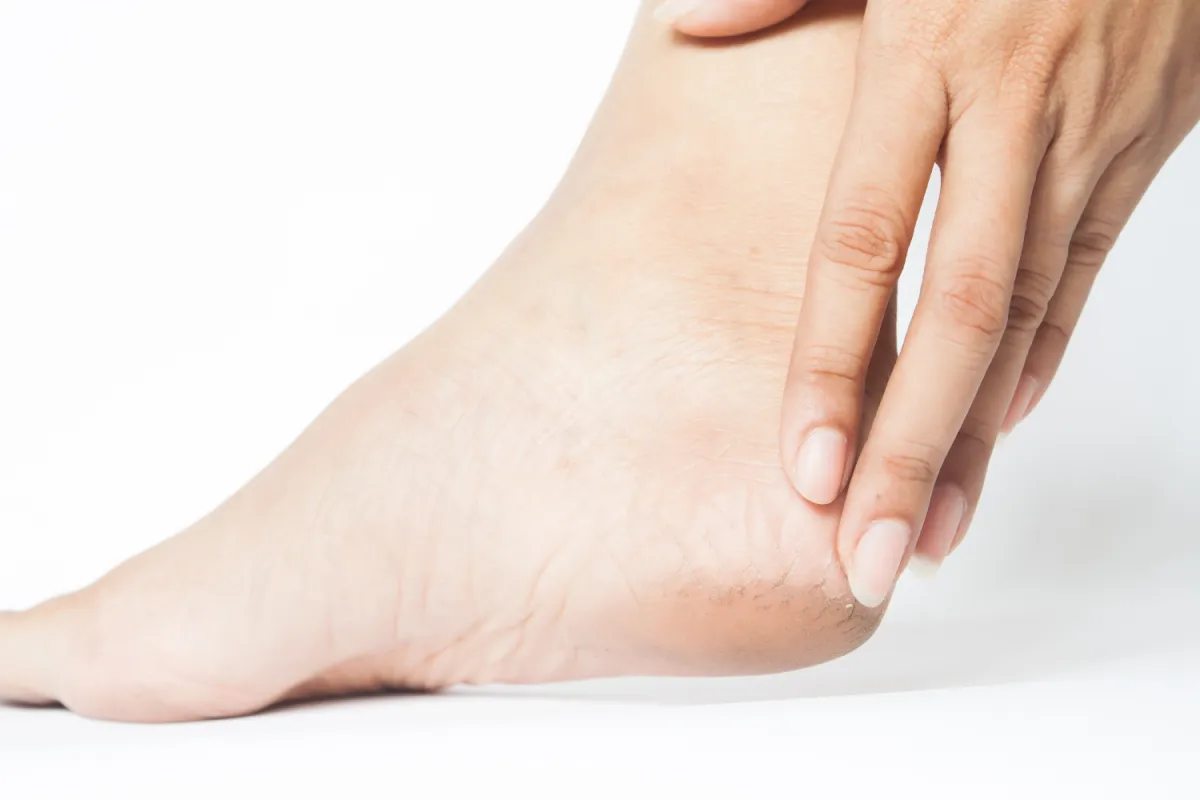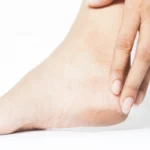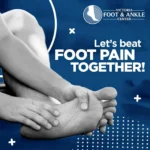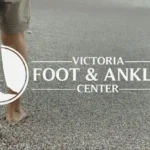What causes corns and calluses?
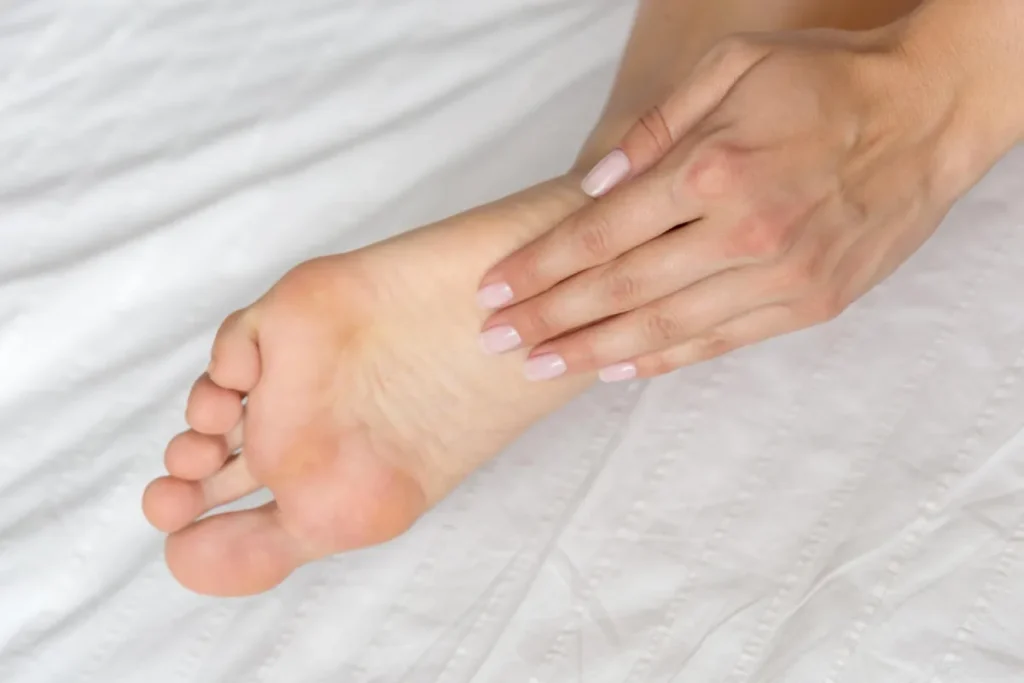
Shoes that don’t fit are the main reason behind these foot problems. Tight shoes force your toes together and put too much pressure in certain spots. Loose shoes let your feet move around too much and cause friction. Your feet can also suffer when you wear shoes made from materials that don’t breathe. These trap sweat that softens your skin and makes it easier to damage.
Your foot structure can be one of the most important reasons for developing corns and calluses. Bunions push your big toe joint out and put more pressure on your foot’s edge. Hammer toes rub against shoe tops. Flat feet or high arches change how your weight spreads across your feet. Your everyday activities can cause these problems too. Running, dancing, and high-impact exercises put repeated friction on specific foot areas.
Remedies for pain-free feet
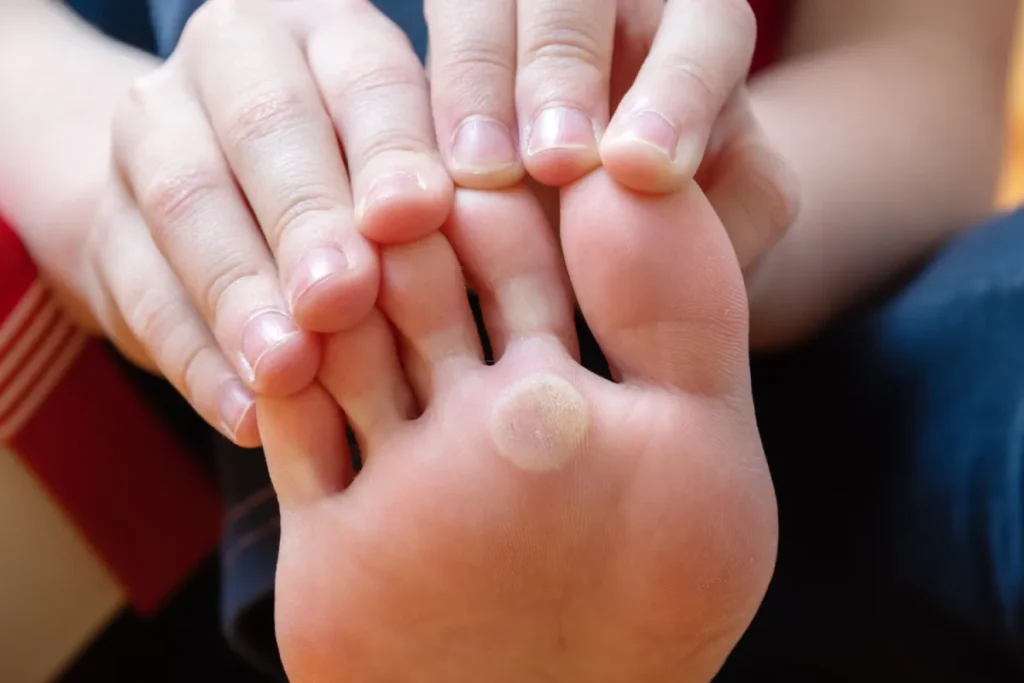
When to see a podiatrist for corns or calluses
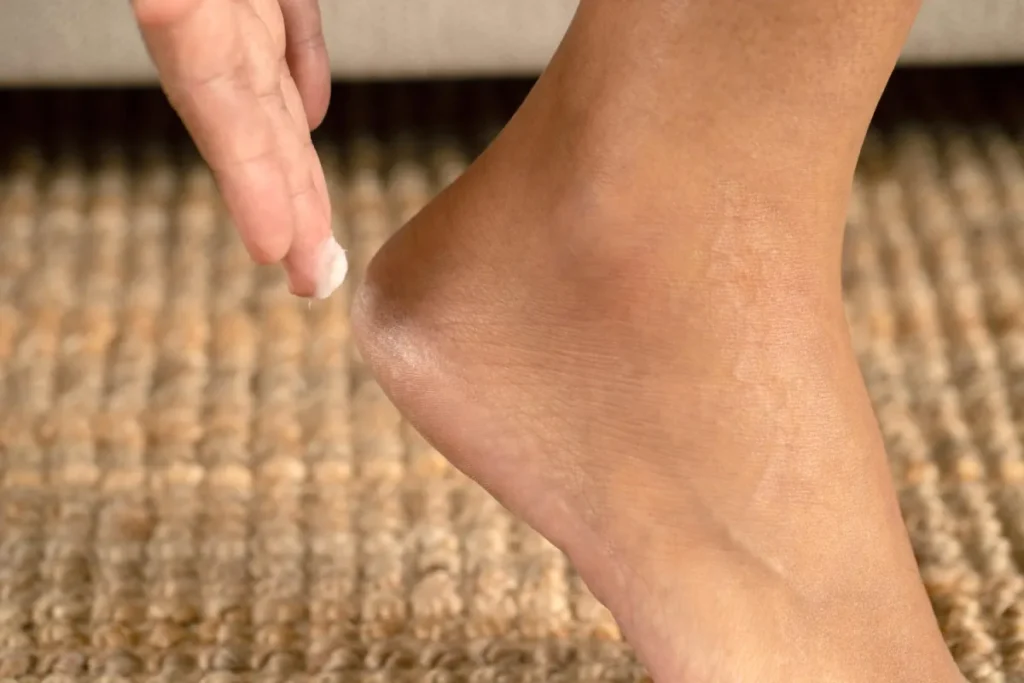
Do You Need Corn & Callus Help?
Corn & Callus Remedy FAQs
What are the main causes of corns and calluses?
Corns and calluses primarily develop due to repeated pressure or friction on specific areas of the skin. Poorly fitting shoes, structural foot issues like bunions or hammer toes, and repetitive activities such as running or dancing are common causes.
How can I treat corns and calluses at home?
You can treat corns and calluses at home by soaking your feet in warm water, gently exfoliating, applying moisturizing creams with ingredients like urea or salicylic acid, using protective padding, and wearing properly fitted shoes.
When should I see a podiatrist for corns or calluses?
Consult a podiatrist if your corns or calluses remain painful despite home treatments, show signs of infection, or if you have diabetes. Persistent corns that don’t respond to self-care also warrant professional attention.
Are corns and calluses dangerous for people with diabetes?
Yes, corns and calluses can be dangerous for people with diabetes. Poor circulation and peripheral neuropathy in diabetic feet can make healing difficult and increase the risk of infections, even from minor foot issues.

